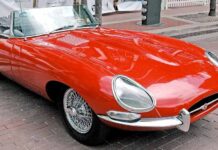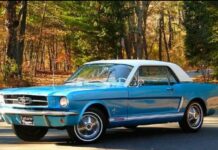Your ideal vehicle can be from the 1950s, 1970s, 1990s, or somewhere between, depending on your age. It may be a local product like a Ford Mustang, Chevy Camaro, or Dodge Challenger, or it might be more of an import from Europe or Asia. Do you remember the desired BMW M3, Ferrari Mondial, or the first Mazda Miata? We are confident that it does for true vehicle enthusiasts. However, the prices of these lean machines are in a downward spiral due to the development of electric vehicles and the decreasing supply of high-quality historic cars and parts. Is the automobile you envisioned as a youngster on the list?
Chevy El Camino
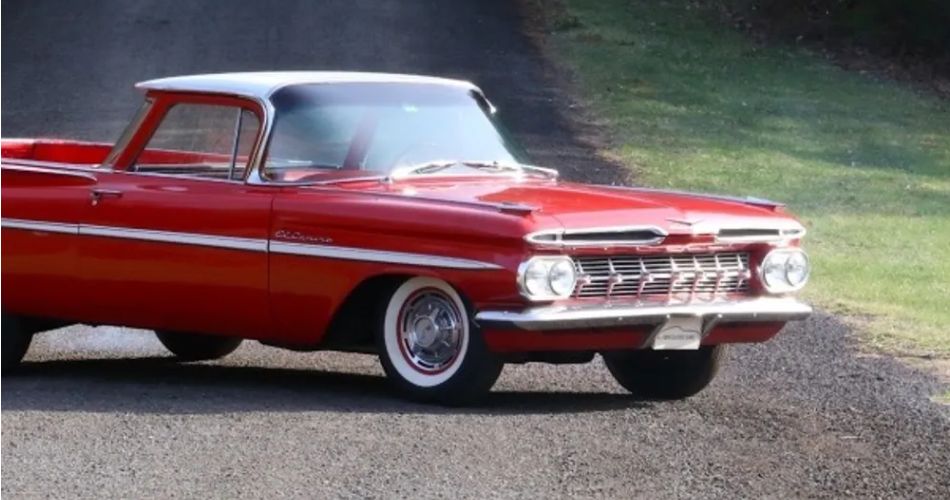
Chevrolet produced the El Camino as a muscle vehicle in reaction to Ford’s Ranchero. Chevy’s station wagon was transformed into the El Camino, which combines the cab and cargo bed into the body. Between 1959 and 1960, as well as again from 1964 through 1987, it was made. Later versions, which had a range of alternative engine and trim options, were built on the Chevrolet Chevelle chassis. The El Camino was not a well-liked automobile and was frequently eclipsed by its rivals. Chevrolet twice discontinued it as well. It is not a highly sought-after collector’s item as a result.
Ford Torino
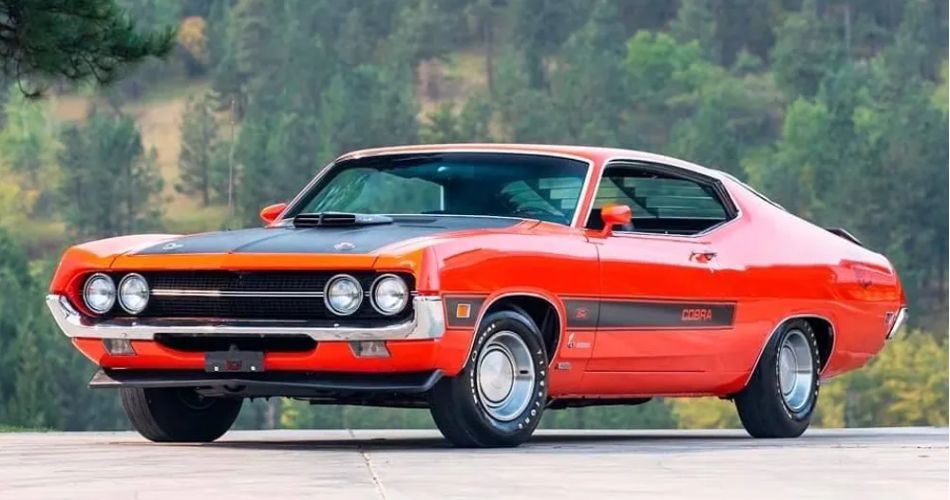
Ford built the Torino, a mid-size vehicle, from 1968 until 1976. At first, it was marketed as a more premium, scaled-down version of the Ford Fairlane. Regarding the name, it was derived from Turin, Italy, which is sometimes referred to as “the Italian Detroit.” The Torino is not regarded as a contemporary collector’s automobile, despite the fact that the vehicle received favorable reviews in its prime. The car’s poor durability, which essentially reduced survival, was the major problem. The majority of Torinos had severe body and chassis corrosion during the first five years of ownership, depending on the driving conditions. Another issue with this model was the paint flaking.
Chevy Camaro Z28
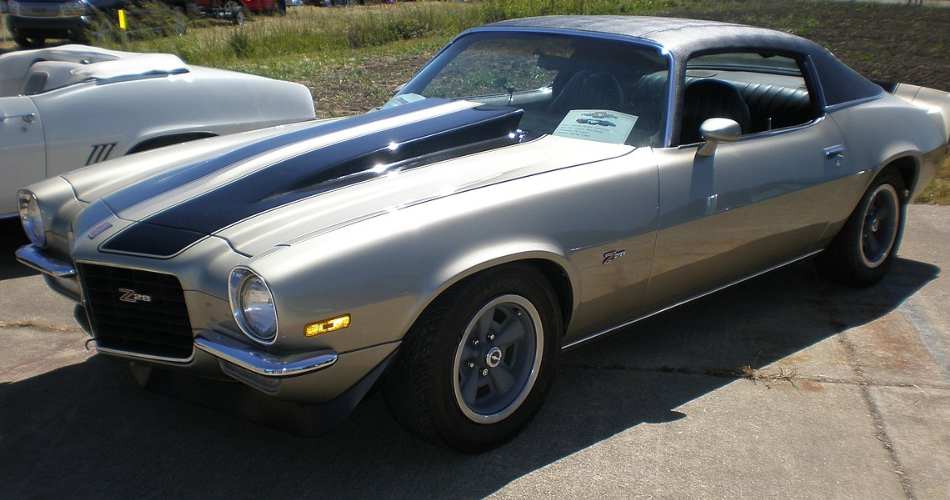
The Chevy Camaro Z28 was first offered as a performance upgrade for the Camaro in 1966. It was propelled by a small-block, high-output 302 cu V8 engine explicitly designed for Trans-Am Series competition. To distinguish the Z28 moniker from the regular Camaro, a higher-performance gearbox, suspension, and brakes were also fitted. The Z28 is no longer desirable for its base 302 cu in V8, even if it is still sought after for its varied tuning options.
Plymouth Hemi Cuda
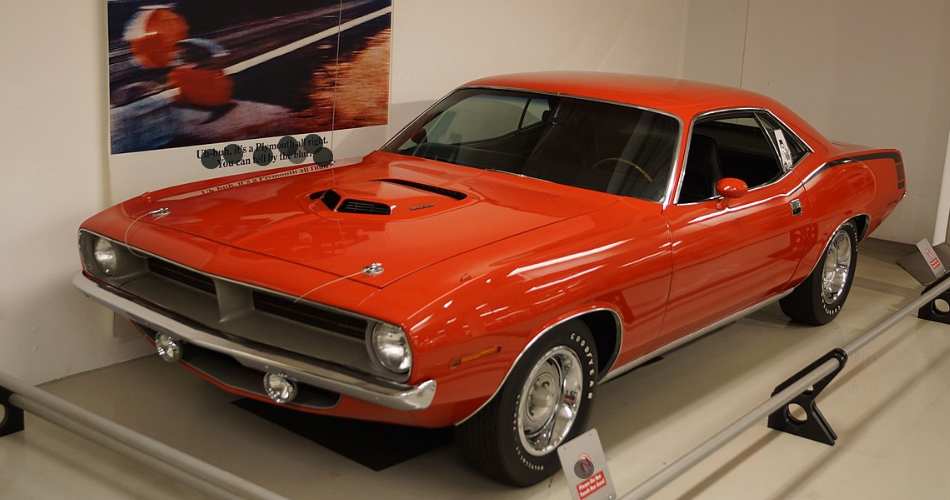
From 1964 until 1974, the Plymouth division of the Chrysler Corporation produced the two-door Plymouth Barracuda. The Barracuda, like the Ford Mustang, was built on a small vehicle chassis and debuted one week after the Mustang in April 1964. The Plymouth Valiant-based fastback A-body Barracuda had a remarkable wraparound back window in its initial generation. When the second generation of the automobile was introduced in 1970, the first Hemi version became commercially available since the 426 cubic inch engine could now fit in the engine bay.
BMW M3 1990
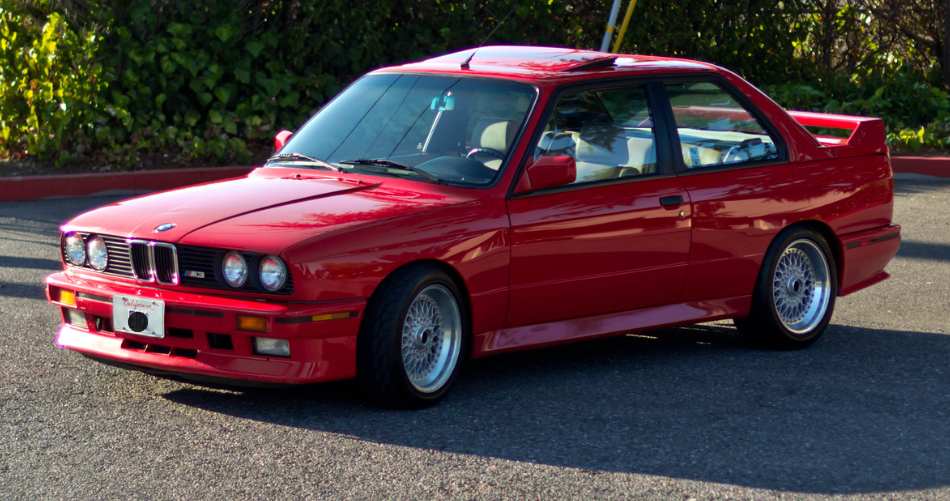
BMW built the first generation M3 (E30) from 1986 to 1991. It was the original M3 model, and the E36 M3 was its successor. Because of the E30 M3’s outstanding performance, handling, and styling, it was immensely well-liked. For tuners trying to boost performance in this fast coupe, it is still regarded as one of the greatest performance vehicles ever produced. Amazingly, without any modifications, this car’s high-revving S14 four-cylinder engine could propel it to 146 mph.
Dodge Charger

From 1966 through 1978, the Dodge Charger was a muscle automobile that was made. It was built on the Chrysler B chassis and came in two-door and four-door coupe and sedan body styles. Due to its strong engines and angular design, the Charger was among the most well-liked muscle cars of its day. It was also offered several performance-oriented options, including a V8 engine and a four-speed manual transmission. Although the first-generation Charger ceased production in 1978, it was brought back as a high-performance sedan in 2006. The original Charger is still impressive, but it will cost a lot of money to put up good drag racing results
Ferrari Mondial
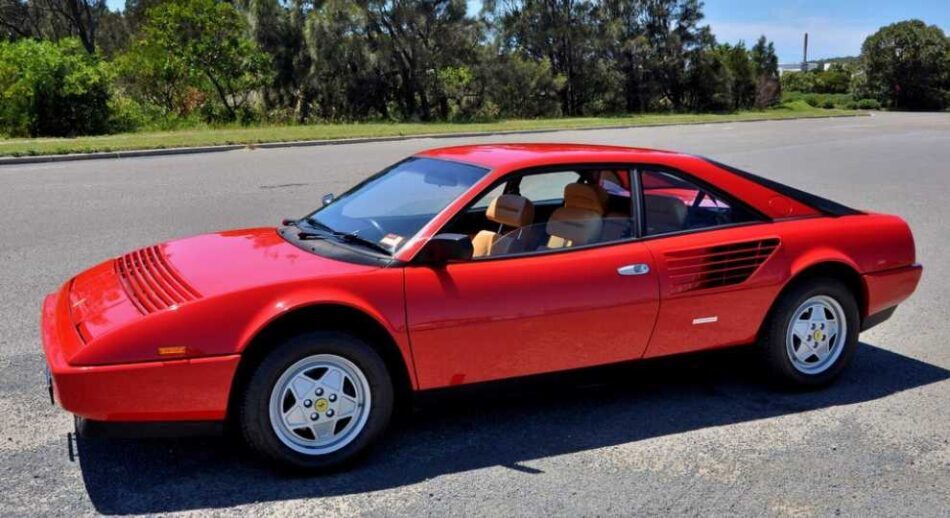
Due to its blend of strength, opulence, and flair, Ferrari’s Mondial was among the brand’s most well-known vehicles. The 308 GT4 used by the manufacturer as the foundation for the Mondial was released in 1980. The vehicle had a V8 engine that was capable of producing between 215 and 300 horsepower with a peak speed of 150 mph. Power windows, air conditioning, and a leather interior were among the amenities offered by the Mondial. Over 6,000 units of the vehicle were sold while it was being made, which lasted until 1993.
Ford Bronco
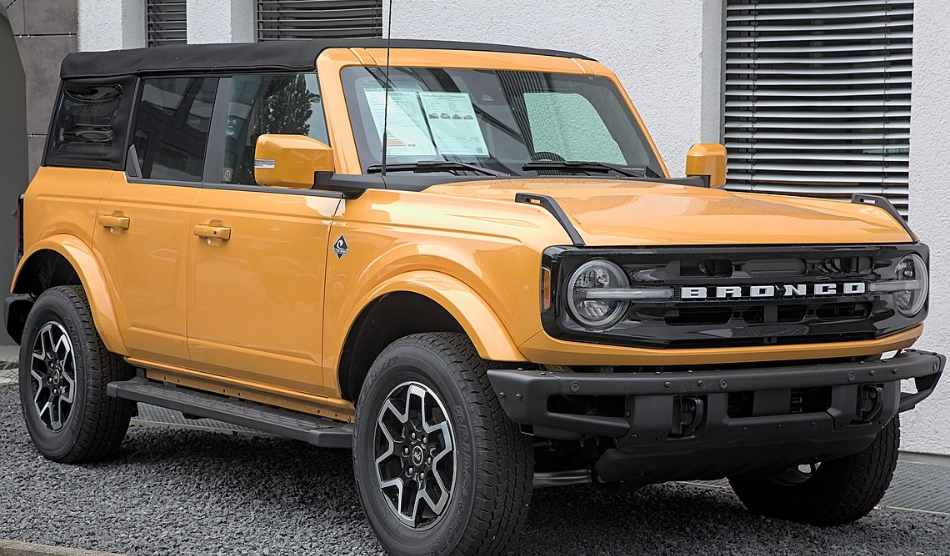
As a small off-road/sport utility vehicle, the original Ford Bronco was created. When it was initially introduced in 1966, it went up against the Jeep CJ-5 and the International Harvester Scout as two of the most well-liked SUVs on the market. It was well-known for its hardy appearance and off-road prowess, which made it a favorite among adventurers and people who loved to enjoy nature. The price of the Bronco, its straightforward design, and its many customizability choices were all well-liked features.
Toyota Supra

Based on the Celica liftback, the 1978 Toyota Supra was lengthened to accommodate Toyota’s Inline-six engine in place of the four-cylinder. It was created to take on Datsun’s Z-Car. However, the Supra was a well-rounded sports vehicle, which is why it was so well-liked. It stood out from the crowd because of its beautiful appearance, 110 or 123-horsepower engine, and excellent handling. It was also reasonably priced, which made it a fantastic choice for enthusiasts on a tighter budget. Due to its propensity to compete against much more costly vehicles and prevail, the Supra swiftly developed a reputation as a track giant killer. This helped it become a favorite with both amateur and professional racers and cemented its status as one of the best of all time.
Jaguar XKE
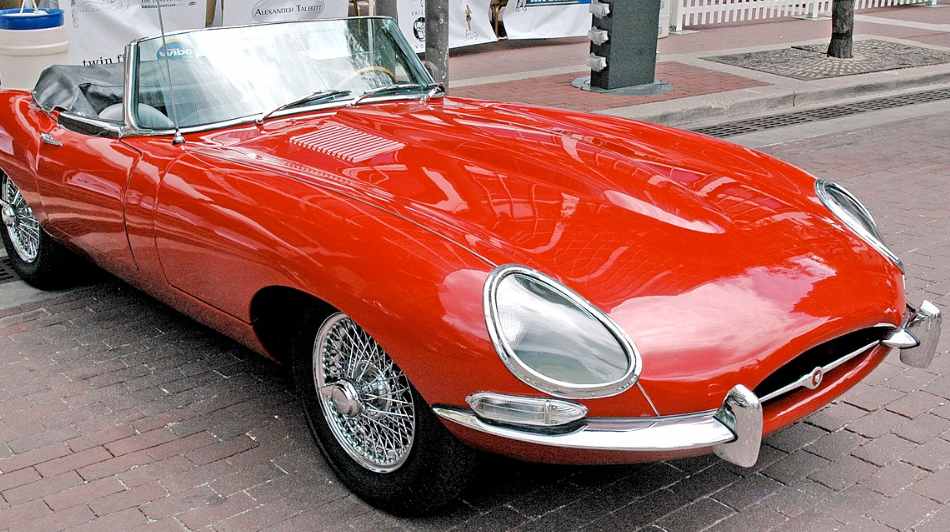
When the first Jaguar XKE was introduced in 1961, it became a huge success. It was well-liked for its svelte appearance, strong engine, and superb handling. It was also among the first vehicles with all-around independent suspension, which improved its performance on the road. The XJ6 superseded the XKE in 1974, after which it was no longer manufactured. The XKE was not without issues, despite its success. The automobile was vulnerable to wheel hop because of the independent suspension, which might result in loss of control. The engine was also famously unreliable and frequently needed maintenance. These problems did not, however, prevent the XKE from becoming one of the most well-liked vehicles of its day.


